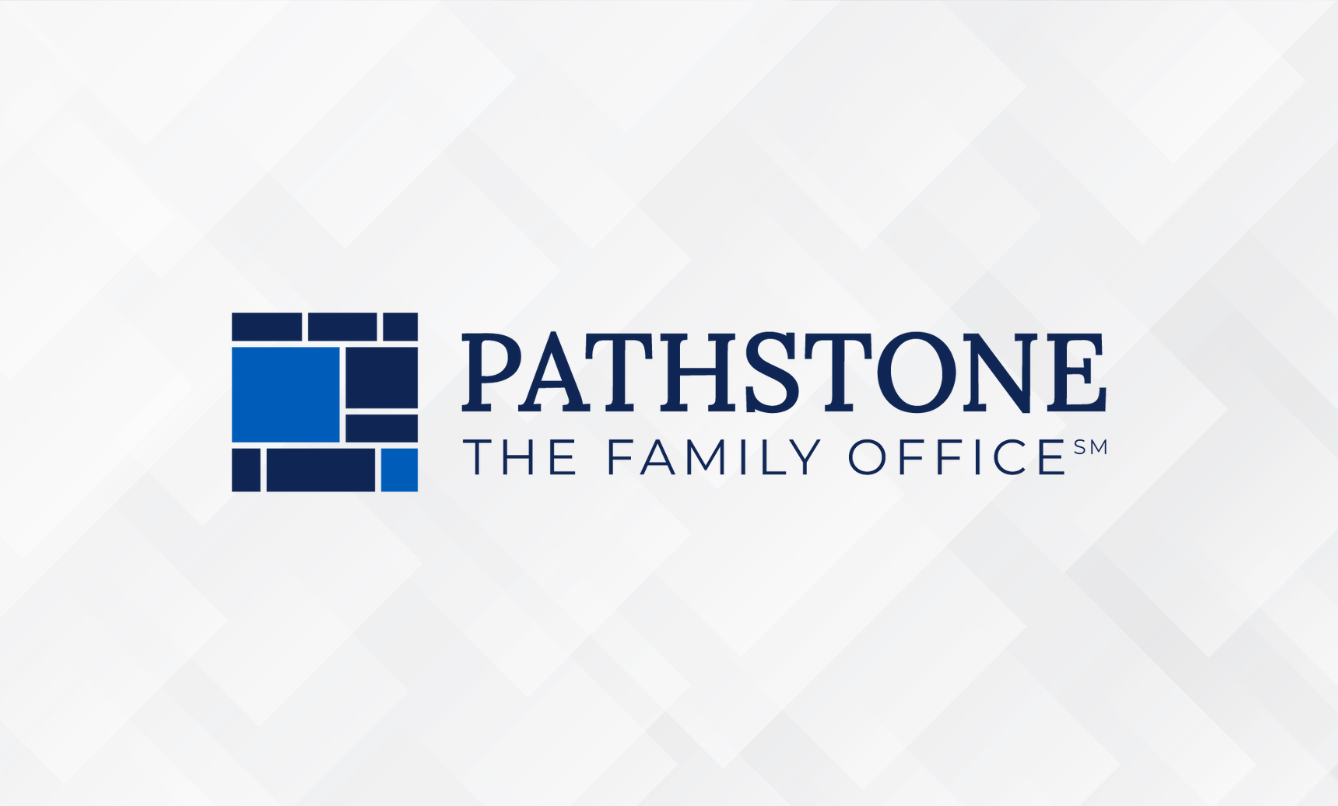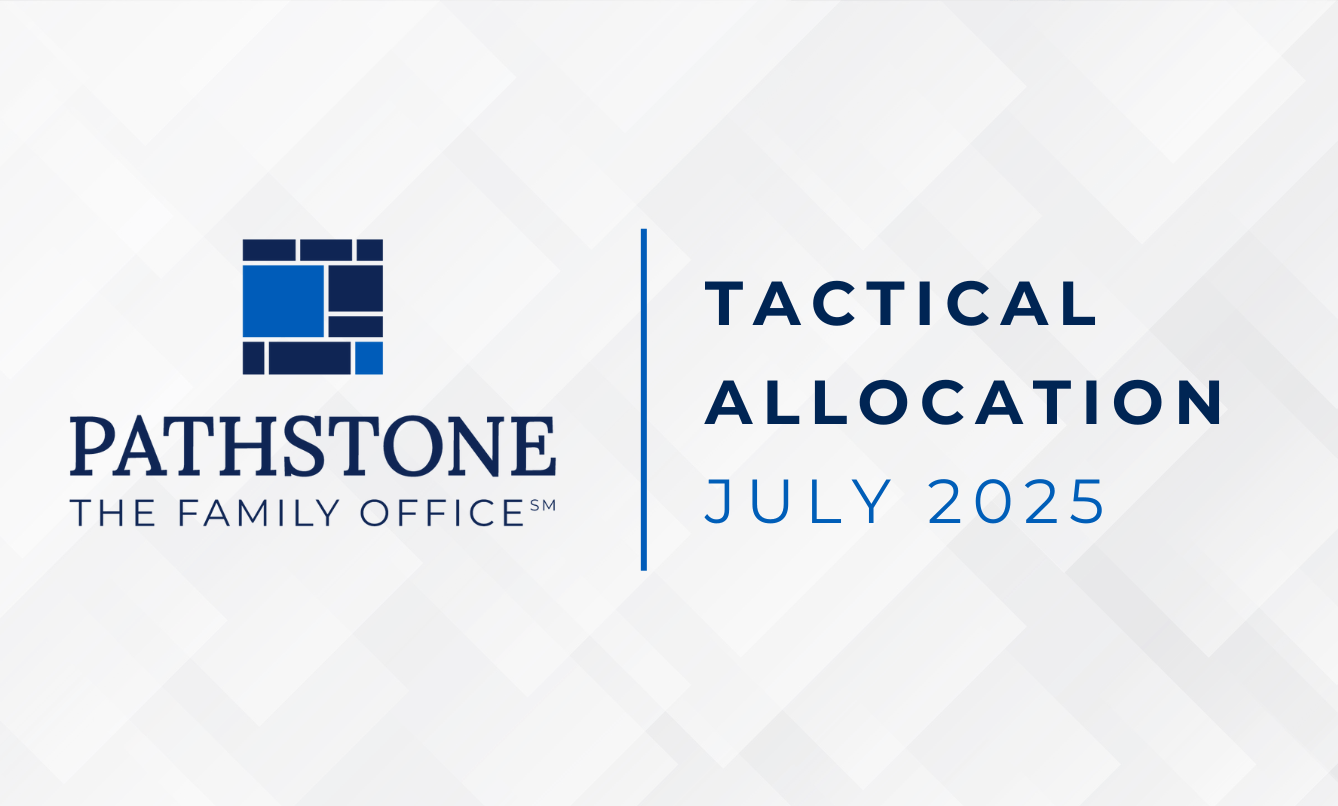We maintain our existing tactical tilts: underweight U.S. equities, overweight short-duration fixed income/cash, and tilted towards value stocks in Large Cap U.S. and Developed non-U.S. The economic “bumpy road back to normal” highlights the challenges with establishing fair prices for assets in this environment where short-term interest rates are theoretically far from normal. There very likely could be some surprises still ahead of us.
Key Takeaways
Confirming our existing tactical tilts, remaining underweight U.S. equities, overweight short-duration fixed income/cash, and tilted towards value stocks in Large Cap U.S. and Developed non-U.S.:
- The most significant change during the quarter was driven by the market’s acceptance that interest rates may remain at restrictive levels for longer. The ten-year U.S. Treasury yield jumped by as much as 100 basis points in the last three months, settling a little off that peak more recently. Bonds suffered more than equities, making forward-looking return prospects more competitive.
- U.S. equities, driven by a small number of expensive large cap technology stocks, remain the least attractive from a valuation perspective. Meanwhile, Small Cap U.S. equities and non-U.S. equities are pricing below their historical norms, suggesting that forward returns may be above average for some asset classes hiding in the shadow of the S&P 500.
- We expect more opportunities in areas where the risk of higher interest rates may be greatest and capital is scarcer. We see some of those opportunities starting to develop in credit markets, particularly those related to real estate, and in private markets in general, where capital raising has grown more challenging. The intersection of those two factors suggests that Private Credit is becoming increasingly interesting.
- The economic “bumpy road back to normal” highlights the challenges with establishing fair prices for assets in this environment where short-term interest rates are theoretically far from normal. There very likely could be some surprises still ahead of us.
The Macro Picture
Think about the term “soft-landing” in the context of the Fed’s own commentary about the “lagged and variable effects” of monetary policy. Picture a pilot trying to land a plane when there is a delay in the plane’s responsiveness to her inputs on the controls. The risk is greatest at five-hundred feet, not ten thousand. We are still a meaningful distance from the ground, so we don’t forecast immediate risk on the horizon, but remain cognizant that just because the plane is gliding smoothly now doesn’t mean a safe landing is assured.
The U.S. economy has been resilient as the consumer enjoys a stable employment situation with decent wage increases. Positive equity returns and stable to higher home values are also supportive of consumer spending. From a corporate perspective, third quarter earnings season is expected to mark the first quarter out of the last four where the S&P 500 enjoys year-over-year profits growth. Further hope rests on the shoulders of Artificial Intelligence developments that could boost corporate productivity and profits in the years ahead. The third leg of the economic stool is the government, and this is probably the weakest leg at this point. Most of the fiscal and monetary policy support stemming from the pandemic has run its course. With large deficits, higher interest payments and significantly greater debt on the balance sheet compared to pre-pandemic, the government may be forced to either reduce spending or increase taxes to stem the bleeding. How long any of the above factors can persist in this “higher for longer” rate environment is difficult to predict. On the other side, we must try to anticipate what could go wrong to derail the potential for a soft-landing.
Therefore, we ask ourselves, “What is at risk of breaking?” Higher interest rates put pressure on borrowers that need to refinance their debt, typically smaller, more capital intensive, or lower-quality companies. Higher rates heap added costs on prospective home buyers, thereby dampening demand, slowing new construction, and potentially weighing on home values. We have already seen the pressure rising rates had put on several banks earlier this year and with further risks surrounding commercial real estate, specifically office properties, there remains a threat. Lastly, government debt is at a greater risk as the lack of political will to address deficits in the face of higher borrowing costs may eventually call into question the government’s credit worthiness.
European markets are not too dissimilar to the U.S. in that they have had to raise interest rates to fight similarly stubborn inflation. The European Union experiences a clearer contrast between manufacturing and services, as evidenced by the strength seen in the South this year with tourist destinations still enjoying a surge of visitors while the North, more dependent on manufacturing, continues to suffer from soft demand for goods. Being a major trading partner with China has not helped as that economy continues to struggle to get back to its feet after the extended Covid restrictions and other localized hurdles surrounding its property markets. Japan has been a positive contributor in terms of equity market returns this year, with some hope that its economy can get back on the right track. It has made incremental strides in this regard but continues to hold its interest rates at the lowest levels among developed countries. Could Japan be ready for a renaissance of sorts? In a period marked by several ongoing military actions and tense geopolitical relationships, the energy exporting economies, likely excluding Russia and Iran, stand to benefit as the price of oil remains elevated. We will keep an eye on India as well as it seems poised to fill the void that an inward facing China has left, working on opportunities to improve trade relations, manufacturing capabilities, and taking advantage of its youthful and well-educated workforce.
While bonds may be starting to price in some of the more apparent concerns in the global economy, equities still have an element of optimism attached to them, though valuations are less pressing that just a few months ago. Admitting a wide range of possible outcomes from here reminds us that well diversified portfolios by geography, sector, capitalization and risk profile offers a nice solution to mitigating risk in the near term while generating real returns in the longer run. Having some dry powder today that can earn 5-5.5% in a risk-free manner is a good thing, but also not the long-term solution for the majority of a portfolio.
The Micro (Bottom-up) Picture
With headwinds of sticky inflation causing central banks to keep interest rates well above neutral rates to slow the economy down, we acknowledge the near-term risks and look for ways to position portfolios to withstand that risk and take advantage of relative mispricings to improve the risk-reward potential in this environment.
Some say that technology stocks are the only ones necessary to produce big returns in portfolios while others believe that there is no reason to invest outside the U.S. We have seen enough market cycles to know that markets can deviate from normal for long periods, but that over time reversion to the mean is most common. As a result, we continue to lean into what we believe are the most attractive risk-adjusted opportunities.
- U.S. equities are much more expensive than non-U.S. both on an absolute (compared to their own history) and relative (compared to each other) basis.
- Relative valuations between growth and value stocks in U.S. large cap and Developed non-U.S. remain at unusually wide levels.
- Cash/Short-duration, core fixed income and credit risk alternatives have all been gaining in relative attractiveness versus equities in the past quarter.
- Opportunities in private markets are improving as less money flows into the space leading to lower prices and better terms across both private equity and credit markets for those willing to accept the illiquidity.
Disclosure
This communication and its content are for informational and educational purposes only and should not be used as the basis for any investment decision. The information contained herein is based on publicly available sources believed to be reliable but is not a representation, expressed or implied, as to its accuracy, completeness or correctness. No information available through this communication is intended or should be construed as any advice, recommendation or endorsement from us as to any legal, tax, investment or other matters, nor shall be considered a solicitation or offer to buy or sell any security, future, option or other financial instrument or to offer or provide any investment advice or service to any person in any jurisdiction. Nothing contained in this communication constitutes investment advice or offers any opinion with respect to the suitability of any security, and this communication has no regard to the specific investment objectives, financial situation and particular needs of any specific recipient. Past performance is no guarantee of future results.
Additional information and disclosure on Pathstone is available via our Form ADV, Part 2A, which is available upon request or at www.adviserinfo.sec.gov.
Any tax advice contained herein, including attachments, is not intended or written to be used, and cannot be used, by a taxpayer for the purpose of (i) avoiding tax penalties that may be imposed on the taxpayer or (ii) promoting, marketing or recommending to another party any transaction or matter addressed herein.








